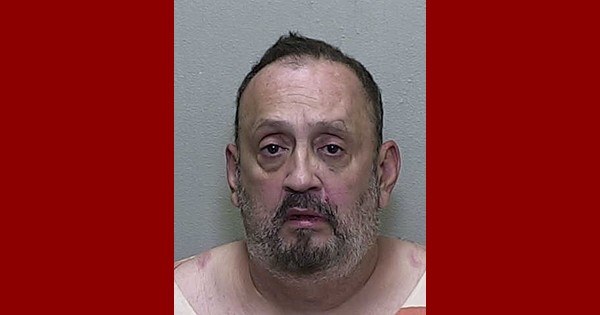

The conveyance was used to help assist in the burglary.The defendant was armed or becomes armed.The conveyance was occupied during the alleged crime and the defendant assaulted them during the crime.

The penalty for a second-degree felony burglary of conveyance chare is up to a $10,000 fine and up to 15 years in prison.įor a burglary of conveyance charge to result in a first-degree felony, any of the following must be proven:
The conveyance is an authorized emergency vehicle. The burglary took place during a riot or state of emergency. The main target of the burglary was a controlled substance. The conveyance was occupied during the alleged crime, but the defendant was unarmed. The penalty for a third-degree felony is up to a $5,000 fine and up to five years in prison.įor a burglary of conveyance charge to result in a second-degree felony, any of the following must be proven: If the burglary of conveyance took place in which the car was unoccupied, the defendant was not armed, and there were no damages done to the vehicle or surrounding property, then it is considered a third-degree felony. If the alleged burglary took place during a state of emergency or riot. If the defendant was armed with a weapon. If the vehicle was occupied with another person inside during the time of the alleged crime. The factors the determine the severity of the crime are as follows: Penalties for Burglary of Conveyanceīurglary of conveyance can be categorized into a third-, second-, or first-degree felony, which all depend on the specific circumstances of the alleged crime. It is not necessary that the alleged crime be completed, the prosecutor just needs to show that the defendant had the necessary intent. The must also be a clear intent to commit a crime after breaking into the vehicle. It is important to note that the defendant’s entire body does not need to have entered the vehicle-even just an arm or a hand is enough to receive a burglary of conveyance charge. Intent to commit a crime while in the conveyance Entered the conveyance without permission (or remained in the conveyance after permission has been revoked). In a burglary of a conveyance charge, the prosecutor must prove that the defendant: This can include cars, motorcycles, trucks, buses, boats, trains, trailers, or aircrafts.īurglary of conveyance is defined under Florida Statute 810.02, which explains it as when an illegal activity has taken place within or around a vehicle or mode of transport that does not belong to the defendant. Defining ConveyanceĪ conveyance is referred to as any vehicle used for transportation. We will define conveyance and a burglary of conveyance charge, along with its potential penalties and defenses. One specific type of theft crime is referred to as burglary of a conveyance, or an “auto burglary.” To be arrested and charged with this type of crime, prosecutors must be able to prove that you have trespassed into a vehicle, and with the intention to commit a crime. There are different variations when it comes to burglary or theft crimes in Florida. 
Criminal Defense, Theft/Property Crimes Social Share How Does Florida Define Burglary of Conveyance?







 0 kommentar(er)
0 kommentar(er)
